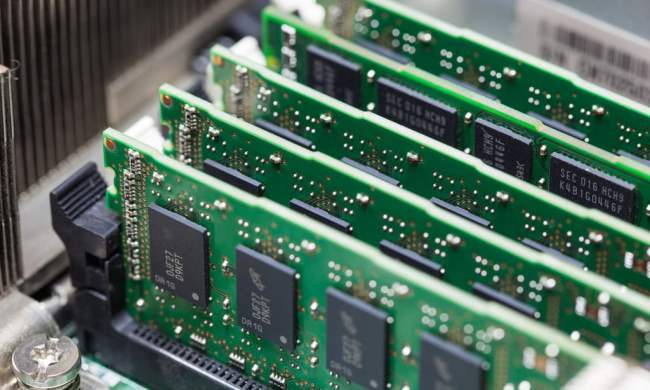“Manta rays are known to be extremely efficient swimmers, cruising through the turbulent seas with ease as they flap their large pectoral fins effortlessly,” Professor Chew Chee-Meng, who helped lead the project, told Digital Trends. “We wanted to explore an alternative solution to traditional propeller-based thrusters that are used by most autonomous underwater vehicles (AUVs). We envisaged that a bio-inspired AUV, which emulates the manta ray’s swimming locomotion, could potentially operate for longer range than a conventional AUV.”
The MantaDroid robot is the size of a juvenile manta ray, giving it a wingspan of 63.4 cm and a body length of 35 cm. Its most unique feature is its passively flexible fin mechanism, which uses just one actuator for each pectoral fin to allow the fins to interact naturally with the fluid dynamics of the water.
“With the right combination of fin design, fin flexibility, and motion control, the MantaDroid is able to swim efficiently in the water,” Chee-Meng continued. “Our robot is capable of swimming at a speed of 2 body lengths per second, which is faster than the robot manta ray systems developed by other institutions.”
Another advantage of being modeled after a manta ray is that its flat, wide body gives the researchers behind MantaDroid more room to accommodate different sensors on its belly. At present, with the robot being tested only in swimming pools, its capability isn’t being tested to the maximum. Deployment in the real world would provide the ability for the robot to be equipped with whatever it needs for a particular mission — so long as the payload weighs less than two pounds.
“We see MantaDroid as a potential long-term continuous underwater surveying machine, which could be useful for maritime industries, environmental agencies, and search and rescue organizations,” Chee-Meng said. “For example, it can be used for underwater inspection tasks, as well as for collection of hydrographic data. With swarm intelligence, multiple MantaDroids [could] also be deployed to concurrently perform search operations, such as looking for lost divers or sunken objects in the sea.”



